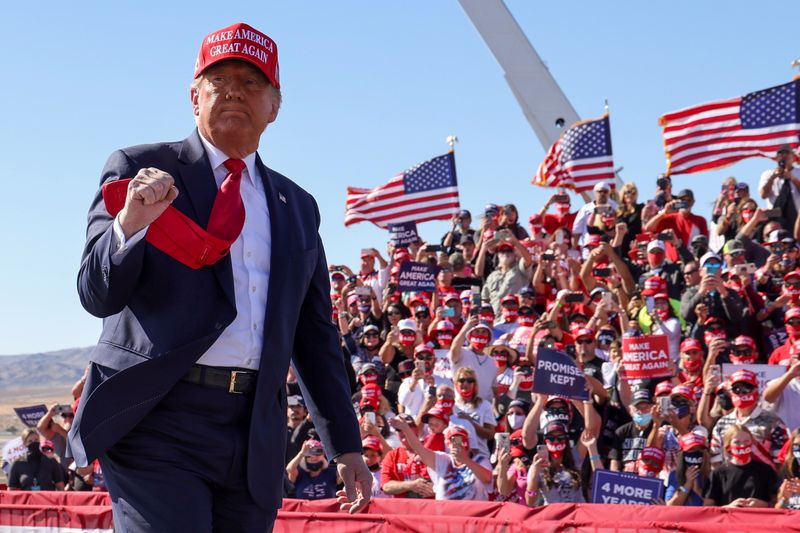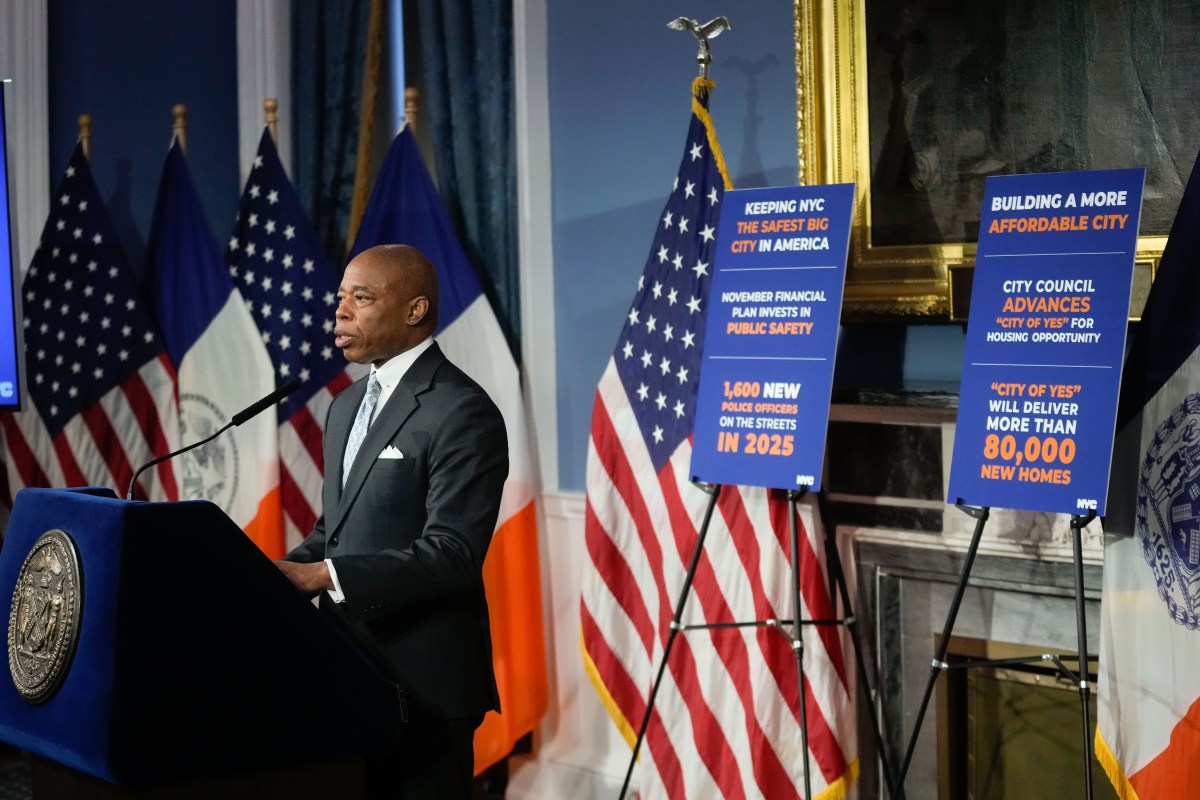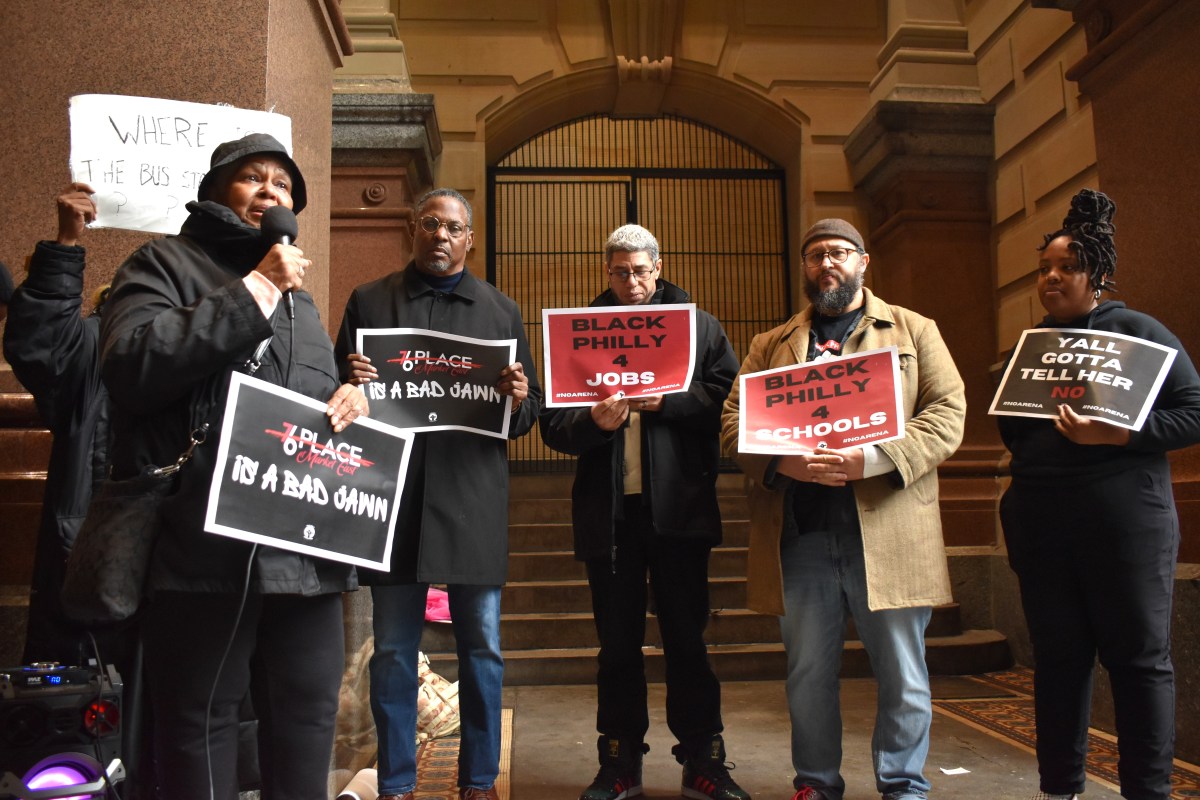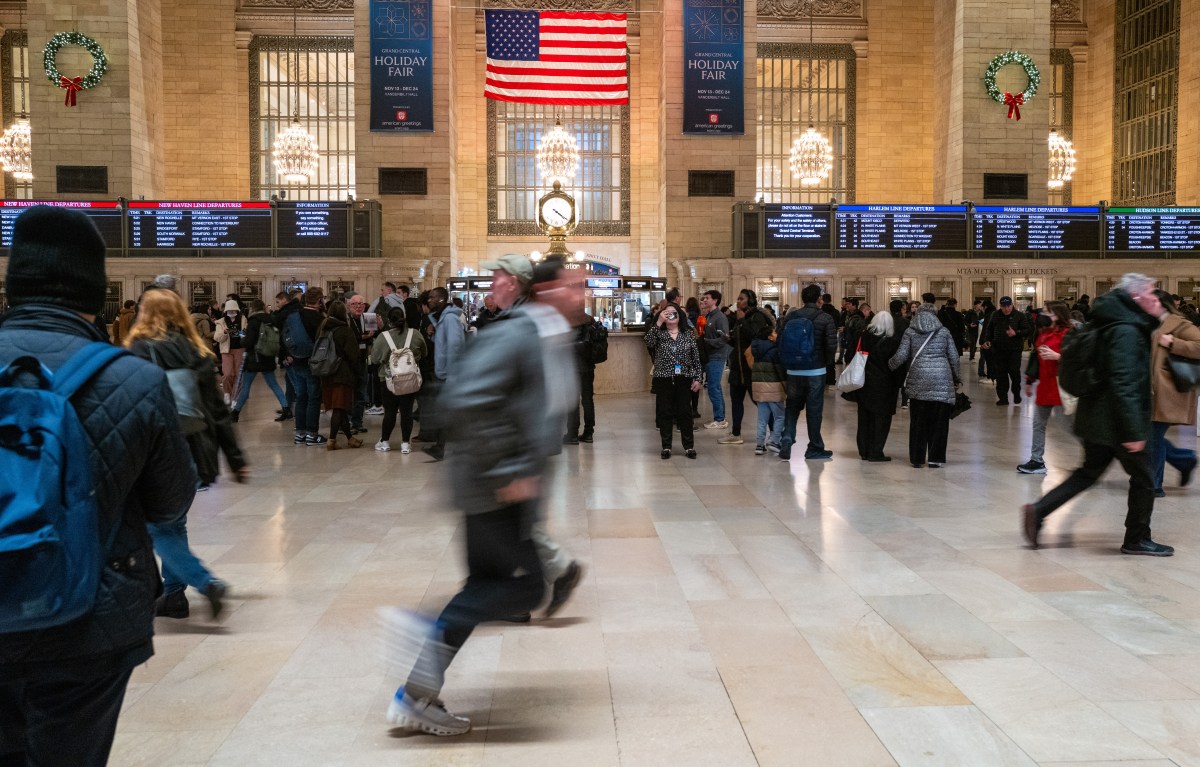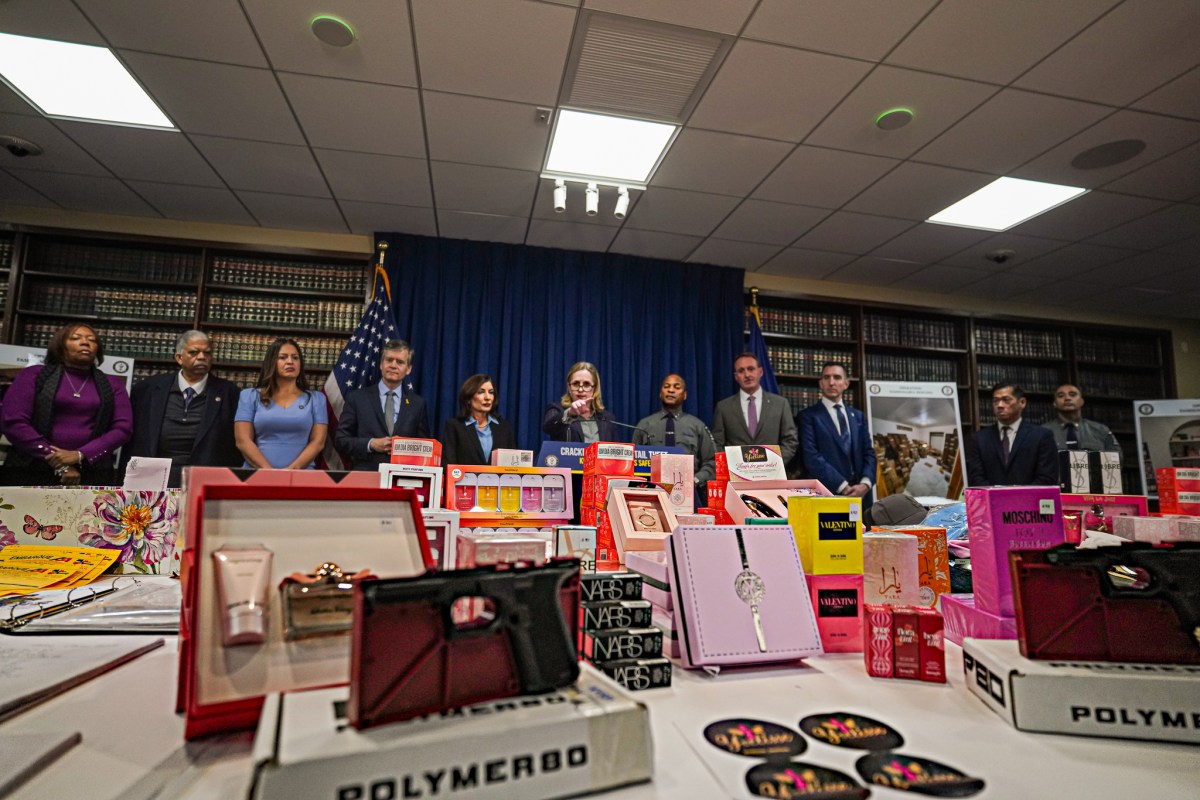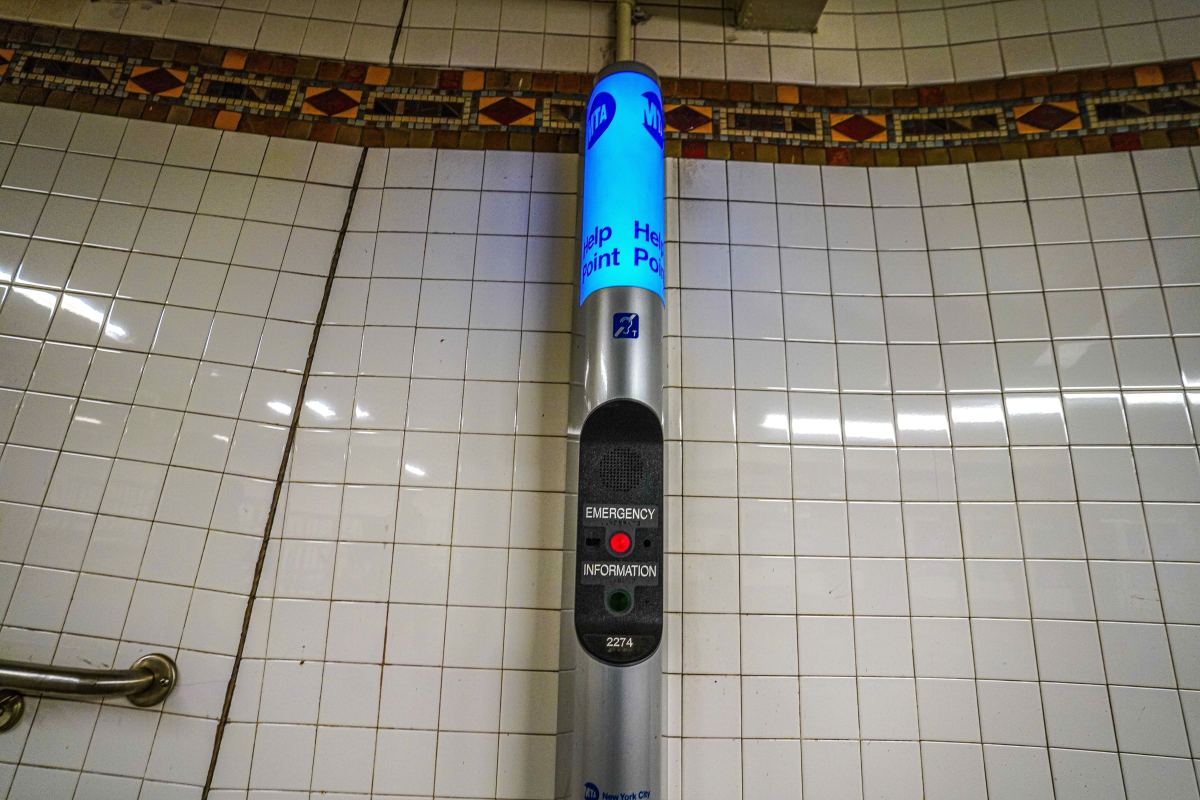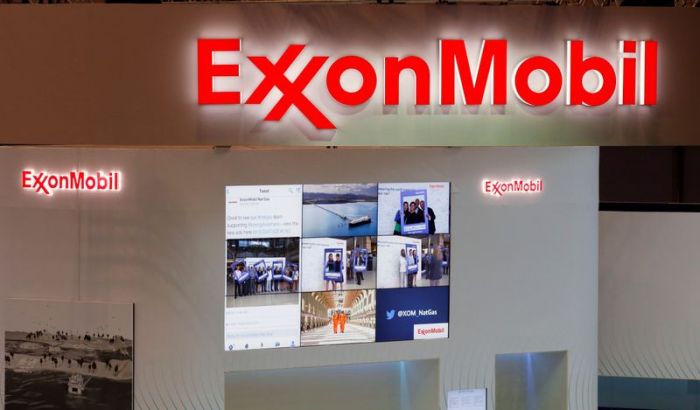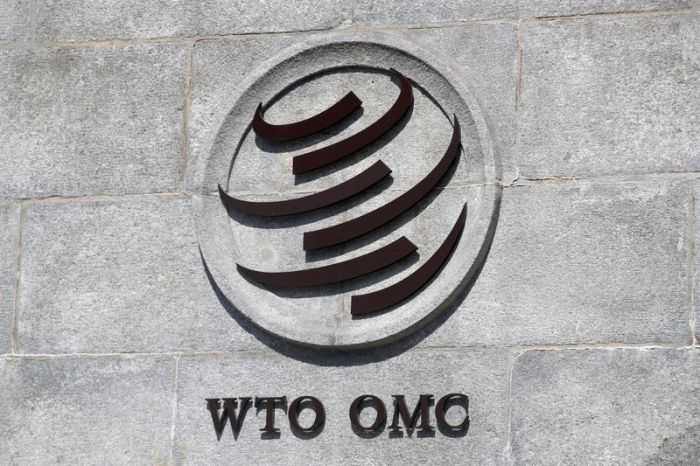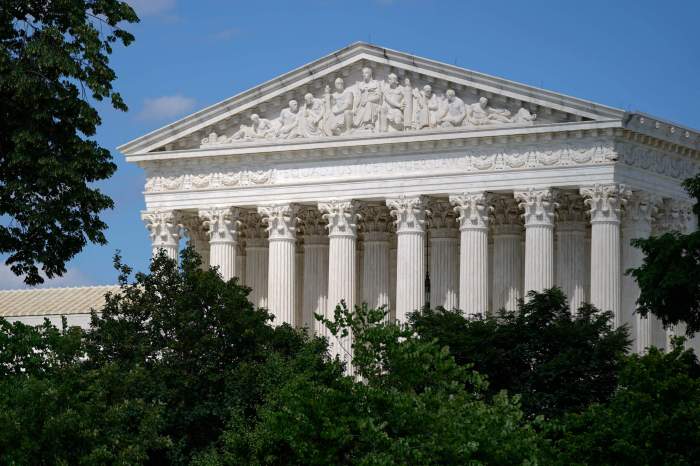(Reuters) – Saying he knew best what ailed America and often governing by executive order, President Donald Trump dismantled or disrupted multilateral pacts, overhauled tax and immigration systems and, with the help of Senate Republicans, reshaped the judiciary.
Trump’s actions may be undone in many areas over time, but win or lose, his legacy will endure in the federal courts where his conservative lifetime appointees will influence every aspect of American life for decades.
His record will be put to the test on Tuesday, Election Day, when Democrat Joe Biden challenges him for the White House.
THE JUDICIARY
Working in lockstep with the Republican-controlled Senate, Trump may have the longest-lasting impact on the federal courts with judicial appointees who tilt to the right.
In less than four years, Trump has appointed three justices to the Supreme Court, a feat last achieved by President Richard Nixon, who appointed four in his first four years. The nation’s highest court now has a solid 6-3 conservative majority.
Trump has appointed 53 judges to federal appeals courts, just under a third of the total. By comparison, former President Barack Obama appointed 55 in his two four-year terms. Trump has appointed about a quarter of district court judges, the lowest rung on the federal judicial ladder.
The appointments, all for life, have led to the ideological “flip” of three of the country’s 13 federal appeals courts, one level below the Supreme Court. The Atlanta-based 11th U.S. Circuit Court of Appeals, the Manhattan-based 2nd Circuit and the Philadelphia-based 3rd Circuit all had Democratic-appointed majorities when Trump became president in 2017.
Trump’s success on judges would not have been possible without Republican Senator Mitch McConnell, who made judicial nominations a priority as majority leader of the Senate, which confirms such appointments.
Cases before the courts span from divisive social issues including abortion, gay rights and the death penalty to voting rights, regulatory and business disputes, employment law and environmental concerns.
CLIMATE
Trump entered the White House promising to reverse Obama-era efforts to fight climate change as part of a broader strategy to slash environmental red tape that he viewed as an obstacle to business and to the U.S. fossil fuel industry in particular.
He initiated the U.S. withdrawal from the 2015 Paris Agreement, the international accord to fight global warming, ceding Washington’s historic role as a leader in coordinated efforts to counter climate change. The retreat meant the United States abandoned its pledge to slash emissions by 26-28% from 2005 levels by 2025.
Trump later rescinded or weakened the two main domestic policy efforts initiated by Obama that would have helped Washington hit its Paris targets: the Clean Power Plan (CPP) to cut emissions from the electricity sector and national vehicle fuel efficiency targets aimed at reducing the pollution and climate impact from cars and trucks. The power and transport sectors make up the bulk of U.S. greenhouse gas emissions, according to the Environmental Protection Agency.
The CPP, which had been tied up in litigation by Republican states since it was launched, was replaced by the weaker Affordable Clean Energy rule which had no hard targets for emissions cuts, while vehicle efficiency targets were softened.
The Trump administration also altered the National Environmental Policy Act governing environmental reviews of big infrastructure projects to reduce the weight climate considerations can have in permitting.
A new administration could reverse course on these policies, and could also quickly rejoin the Paris accords, as withdrawal will not be complete until shortly after the Nov. 3 presidential election.
IMMIGRATION
An overhaul of the U.S. immigration system was a central plank of Trump’s 2016 election campaign. He tightened borders, reduced refugee admissions and access to asylum, and instituted a sweeping ban that mostly targeted travelers from majority-Muslim and African nations. He imposed bureaucratic hurdles to curb legal immigration.
Trump used tough diplomacy to pressure Mexico and Central American countries to make it more difficult for migrants to travel north to the United States and, in one widely condemned move, separated parents from their children at the southwest border. While he eventually reversed this so-called “zero tolerance” policy, some separations continued and some parents of separated children have not been located. Under a later policy, almost all migrants seeking refuge at the U.S. border were denied entry and forced to wait in Mexico, pending the outcome of asylum applications that could take months or years.
He diverted billions of dollars in military funds to pay for a wall on the southern border that he had vowed during his campaign to have Mexico pay for. Nearly four years on, the wall remains incomplete.
TRADE
Trump promised to bring jobs back to the United States and shrink the trade deficit with other countries, particularly China, by introducing new taxes and other hurdles on imports, including steel and Chinese-made industrial components, and by challenging multilateral alliances and World Trade Organization rules. On his third day in office in 2017, Trump quit the Trans-Pacific Partnership, a 12-country Pacific Rim trade deal negotiated under Obama.
His “America First” trade policies sparked a tit-for-tat tariff war with China that left American companies and consumers paying sharply higher duties on about $370 billion in annual Chinese imports, while U.S. farmers and other exporters watched sales to China crumble. Tensions eased with a “Phase 1” trade deal signed in January, but Chinese companies have fallen far short of their commitments to boost U.S. goods purchases under the deal, and no “Phase 2” has materialized.
Trump’s administration re-negotiated the 1994 North American Free Trade Agreement, which he blamed for the loss of millions of manufacturing jobs to Mexico, adding digital trade rules and stronger environmental and labor standards – the latter at the insistence of Democrats.
U.S. government subsidies to make up lost income for farmers now make up one-third of their income. The trade deficit jumped to its highest level in 14 years in August.
TAX CUTS
The Tax Cuts and Jobs Act, signed by Trump in December 2017, was the most significant restructuring of the U.S. tax system since the 1980s.
It slashed the rate companies pay in the United States from 35% to 21%, cut minimum, estate and gift taxes for the very wealthy and eliminated some deductions for homeowners, especially in high-tax Democratic states. It also lowered federal income tax rates for individuals and raised the standard deduction, provisions that expire after 2025.
The $1.5 trillion tax cut prompted U.S. corporations to bring home billions of dollars in cash from abroad. Many boosted stock buybacks instead of increasing capital investment or hiring, however, sparking criticism from Trump.
Even before the federal government spent trillions on fiscal stimulus to counter the impact of the coronavirus this year, the U.S. deficit was expected to swell to over $1 trillion in 2020, in part because of lower tax revenues after the reform, despite Republican promises that the cuts would “pay for themselves” through higher economic growth.
If elected, Biden has pledged to raise the corporate tax rate to 28%, and raise taxes on Americans earning over $400,000.
FOREIGN POLICY
Trump has upended some basic tenets of America’s post-World War Two foreign policy by questioning the NATO alliance, alienating European allies and indulging autocrats.
His disdain for multilateralism prompted a series of withdrawals from accords and bodies where the United States had played a leading role, including the Iran nuclear deal, the World Health Organization and the U.N. Human Rights Council, as well as the Paris climate accord.
The relationship with China deteriorated to levels not seen in decades, raising fears of a new Cold War, especially after Washington accused Beijing of hiding the coronavirus threat from the world. The administration has ended the special status of Hong Kong, sanctioned top officials on human rights abuses and seeks to ban Chinese technology companies.
Trump delivered on his 2016 campaign promise to relocate the U.S. Embassy in Israel to divided Jerusalem. Late in his term, his administration also helped broker historic deals between Israel and the United Arab Emirates, Bahrain and Sudan to normalize relations, which even Trump’s critics applauded.
His hard line on Iran has had less success. The administration’s “maximum pressure” campaign has put sanctions on everything from oil revenue to minerals and Iran’s central bank, but has not forced a change of behavior by Tehran or brought it back to negotiations on the nuclear deal that Trump quit in 2018. Instead, tensions continue to escalate.
Trump partially delivered on a campaign promise to bring troops home from “endless wars,” particularly in Afghanistan where numbers are dropping to the low thousands. But his relationship with military top brass soured as the generals’ advice ran against his wishes, including his order for an abrupt pullout from Syria.
Despite Trump’s historic engagement with North Korean leader Kim Jong Un, he has made no progress in persuading Kim to give up his nuclear weapons.
(Reporting by Lawrence Hurley, David Lawder, Richard Valdmanis, Ross Colvin, Mary Milliken and Heather Timmons; Editing by Sonya Hepinstall and Howard Goller)

